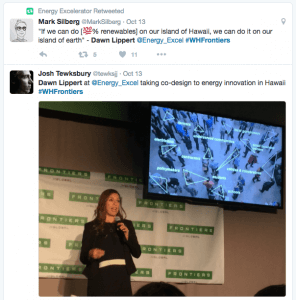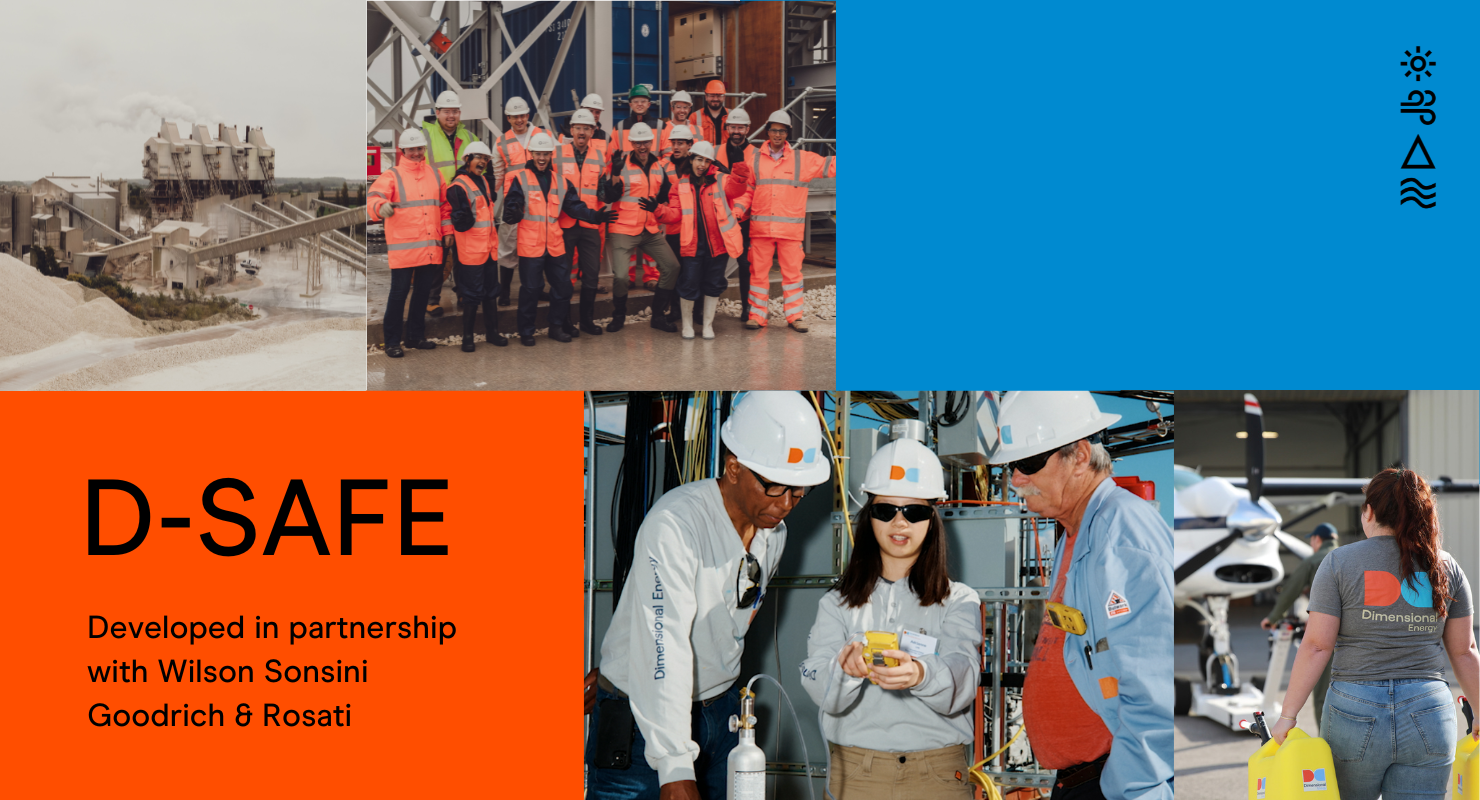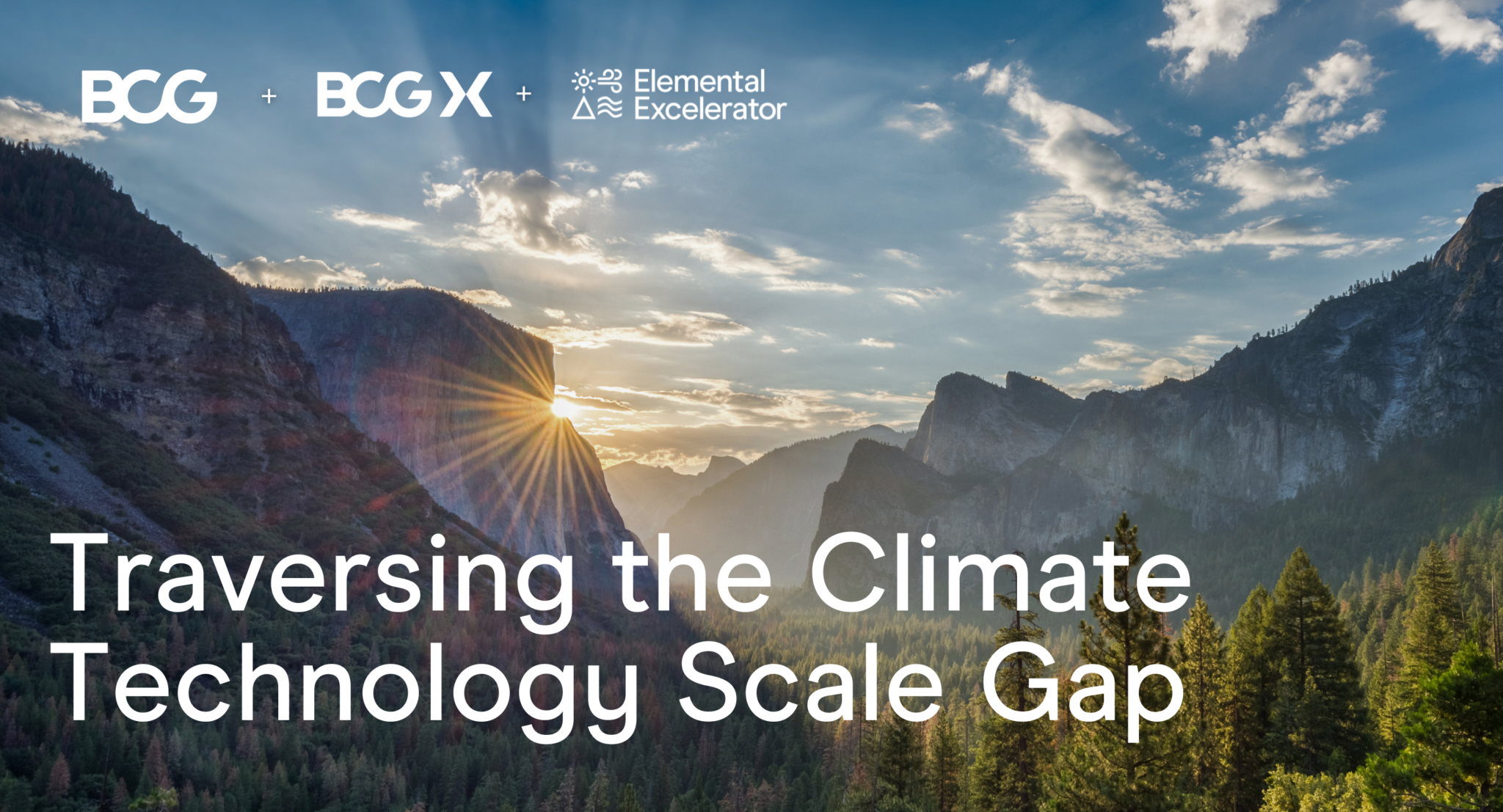
On October 13th, President Obama and The White House convened the first Frontiers Conference in Pittsburgh, which brought together some of the world’s leading innovators to discuss how investing in science and technology frontiers will help improve lives and keep America on the cutting edge of innovation.
This topic is near and dear to my heart, now having spent 10 years doing exactly that: funding energy innovation to lower energy bills, increase national security and fight climate change.
Like the President, I’m an optimist and believe that technology, applied correctly, means that our best days are ahead of us. As he wrote in his article “Now Is The Greatest Time To Be Alive,” in the November “Frontiers” issue of WIRED, “Here’s another thing I believe: We are far better equipped to take on the challenges we face than ever before….Because the truth is, if you had to choose any time in the course of human history to be alive, you’d choose this one. Right here in America, right now. Life expectancy is up. The share of Americans with a college education is up too. Tens of millions of Americans recently gained the security of health insurance. Blacks and Latinos have risen up the ranks to lead our businesses and communities. Women are a larger part of our workforce and are earning more money. Once-quiet factories are alive again, with assembly lines churning out the components of a clean-energy age.”
To that last point, I’ve witnessed the incredible progress we’ve made in cleantech over the last decade, but we still have a long ways to go. Fortunately, we’ve explored different models and have zeroed in on what’s working. I had 5 minutes after Astro Teller, Captain of Moonshots at X, and Etosha Cave, co-founder of Opus 12, to explain why innovation needs a town square:

What I’ve learned from a decade funding over 60 companies deploying energy innovation on the ground in Hawaii is that in order for new technology to succeed, it must be rooted in local communities.
In Hawaii we have a goal of switching to 100% clean energy in one generation, but we’re already running into technical problems. Luckily, problems are known as opportunities for entrepreneurs.
We started recruiting entrepreneurs from all over the country to solve these problems, and funding their commercialization projects using the same tools that DOE and ARPA-E use for research. But it just didn’t work well enough — only 10% of our companies were commercializing their technologies and growing. We needed a new approach, and this led me to launch Elemental Excelerator — now over 90% of the companies we fund are raising additional capital and growing.
We have now invested in more than 50 companies across energy, water, and transportation to bring technologies to market and transform Hawaii. They’re doing everything from robots for electric vehicle charging to bioenergy crops that work for both fuel and cattle feed, to smart grid technologies that allow the utility to see and control rooftop solar and demand-side technologies like distributed batteries.
We have visionary partners in this effort: DOD and private partners have invested over $40M to test and learn from this model. We’ve also enlisted large customers and utilities, like Hawaiian Electric, Tokyo Electric Power, GE, and Blackstone who really know how to help companies scale.
Let me explain how our new approach works: Elemental Excelerator essentially acts as a town square — let’s call it innovation square — funding startups and engaging with state and local stakeholders to bring the startups’ technologies to market.
Commercialization must take place in communities.
While technology development makes sense to attack nationally, once you’re talking about deployment and implementation you need to be able to walk alongside companies for the years it takes something to reach the market.
We teach companies to take the time to grow roots in a community, to really understand the dynamics, and they grow stronger because of this groundedness.
This has worked in Hawaii, but we need more innovation squares to effectively bring technology to market. Imagine an “innovation square” in each strategic market around the U.S. — one in the Midwest, the South, the East Coast, West Coast, and so on. They would be the central hub for the community to interact with — and implement — innovation. This would take commercialization out of DC and to the local level, moving research from the lab to the real world and real markets — and real people!
Finally, we can take this innovation square strategy around the world to places where the climate battle will be won or lost — in Asia and developing countries.
One company that did just that was our distributed battery company. They came to Hawaii, we helped them develop a partnership with the utility, and the blueprint developed in Hawaii became the model for a project 80x bigger in Southern California. They’re now taking their solution to Europe, Asia, and other parts of the world. My favorite part of this story is that we also put an intern in the company who are now employed full-time there. This transformation is truly local, one student and one intern at a time.
Let’s not let our kids get stuck in 4th grade and our research get stuck on the shelf.
We’ve demonstrated in Hawaii that you can achieve transformation — when I started working in Hawaii we were at 9% renewable energy, and now — just 8 years later — we’re at 23% renewable energy. Our mission is to be powered 100% by renewable energy by 2045. If we can make this transformation on our islands of Hawaii, we can do it on our island of earth too.




